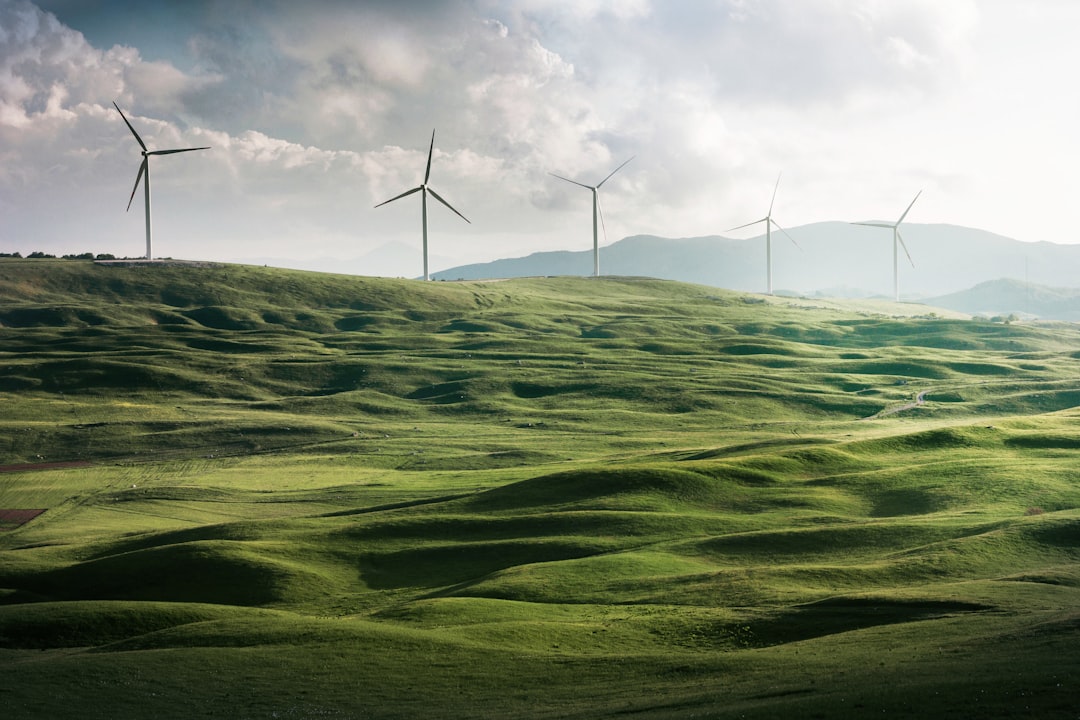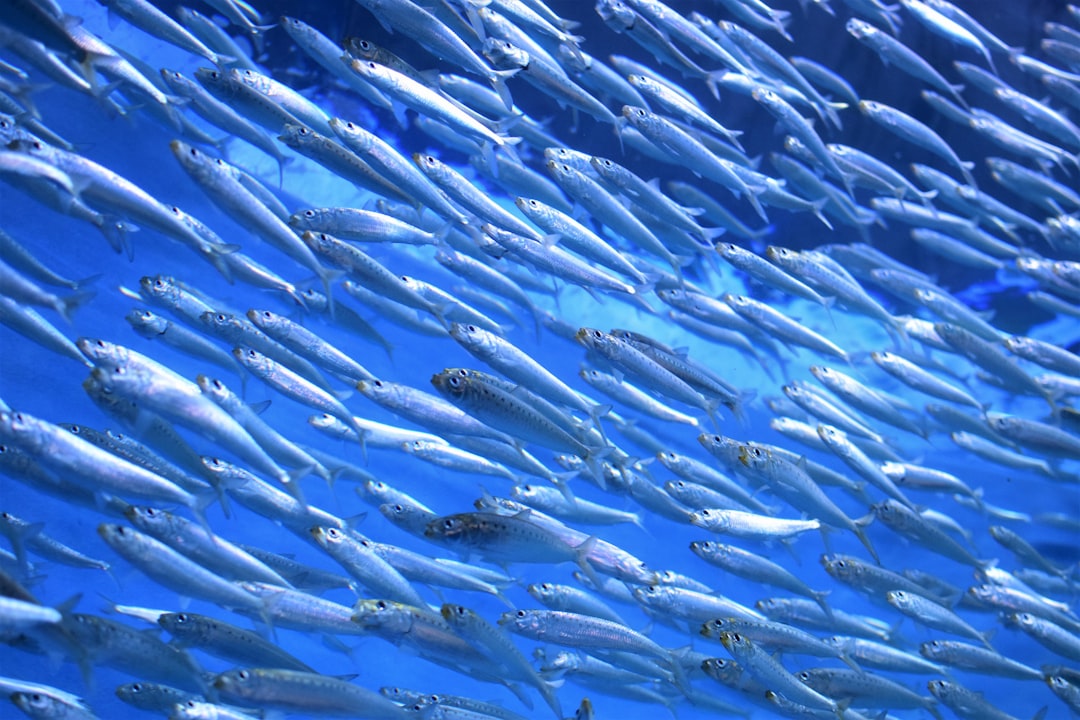What is it about?
The forest sector is vital in Europe, providing economic and social benefits to communities. However, this sector is also responsible for some environmental impacts, and it is crucial to ensure that these impacts do not outweigh the benefits. This paper proposes an environmental and economic assessment of three forest wood products. The main goal is to determine the best use, from an environmental and economic perspective, that can be given to land between the plantation of Eucalyptus globulus to produce uncoated woodfree paper, the plantation of Quercus suber to produce natural cork stoppers, and the plantation of Pinus pinaster to produce particle boards.
Featured Image

Photo by Mauro Lima on Unsplash
Why is it important?
The innovative component of this study lies in the fact that, according to the authors best knowledge, no study has been done where different forest products have been compared. Besides comparing the three different forest wood products, this study also identifies the life cycle stage that most contribute to the overall environmental impact of each product. Based on this identification, the paper also provides informed suggestions that can help companies reduce the environmental impacts associated with the life cycles of these three forest wood products.
Perspectives
Writing this article was really interesting because I was able to learn more about the three most common forest species in Portugal and the most manufactured forest products in Portugal in each of the three primary forest-based industries. Furthermore, we were able to not only provide informed suggestions to companies from the forest sector but also to provide a set of recommendations for other stakeholders including business associations and academics. We hope that this study will be of value to different audiences.
Andreia Santos
Centro de Estudos de Gestão do IST (CEG-IST)
Read the Original
This page is a summary of: An economic and environmental comparison between forest wood products – Uncoated woodfree paper, natural cork stoppers and particle boards, Journal of Cleaner Production, February 2021, Elsevier,
DOI: 10.1016/j.jclepro.2021.126469.
You can read the full text:
Contributors
The following have contributed to this page










